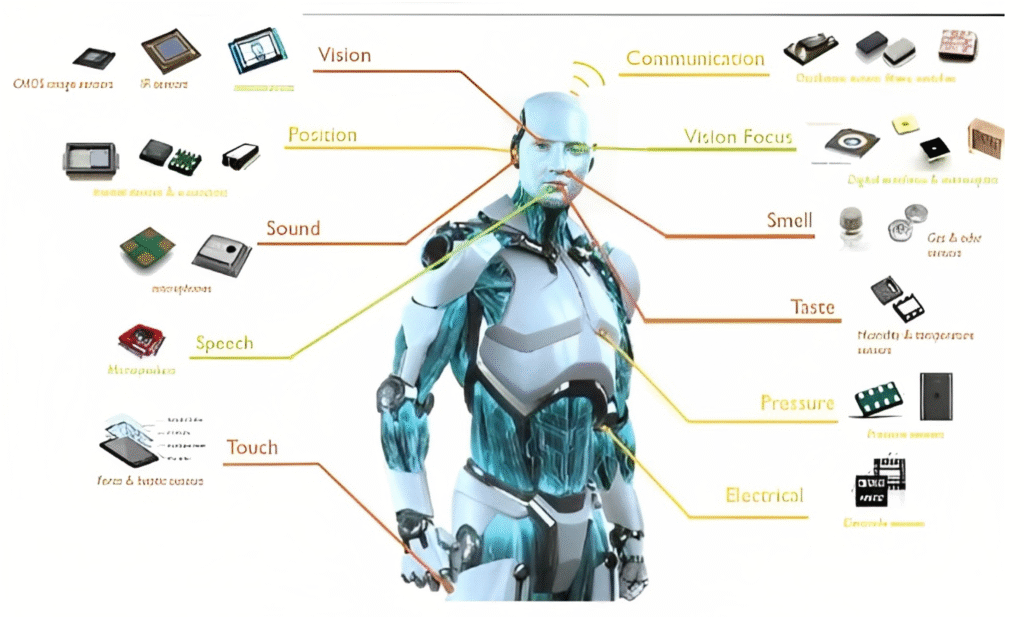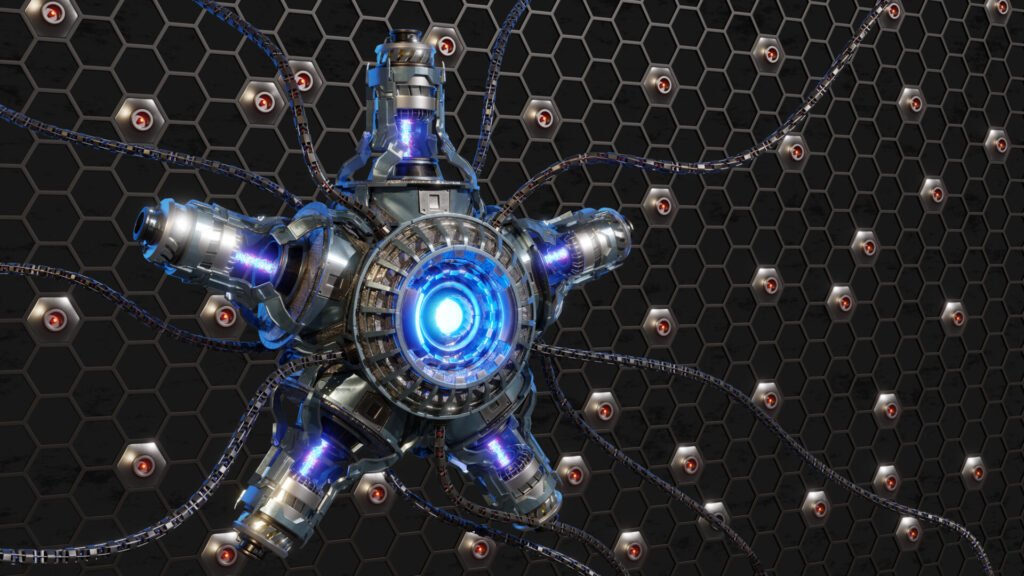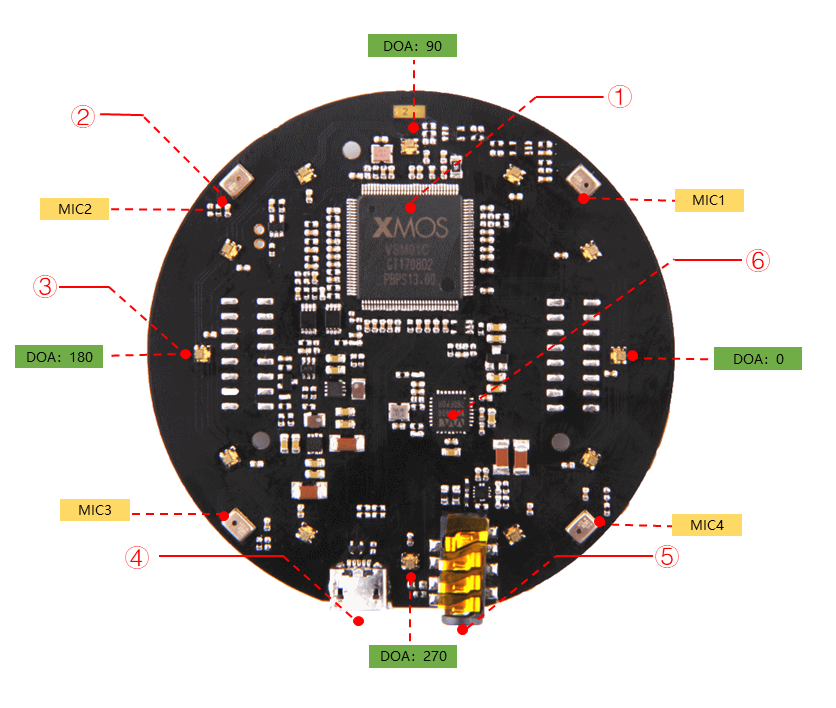Communication Systems For Humanoid Robots
Communication systems in humanoid robots enable them to exchange information with users, other robots, and external systems. These systems are crucial for remote control, real-time data sharing, coordination, and human-robot interaction. Below is an overview of key communication systems used in humanoid robots, their features, and applications: 1. Wi-Fi (Wireless LAN) 2. Bluetooth 3. Zigbee […]
Communication Systems For Humanoid Robots Read Post »





